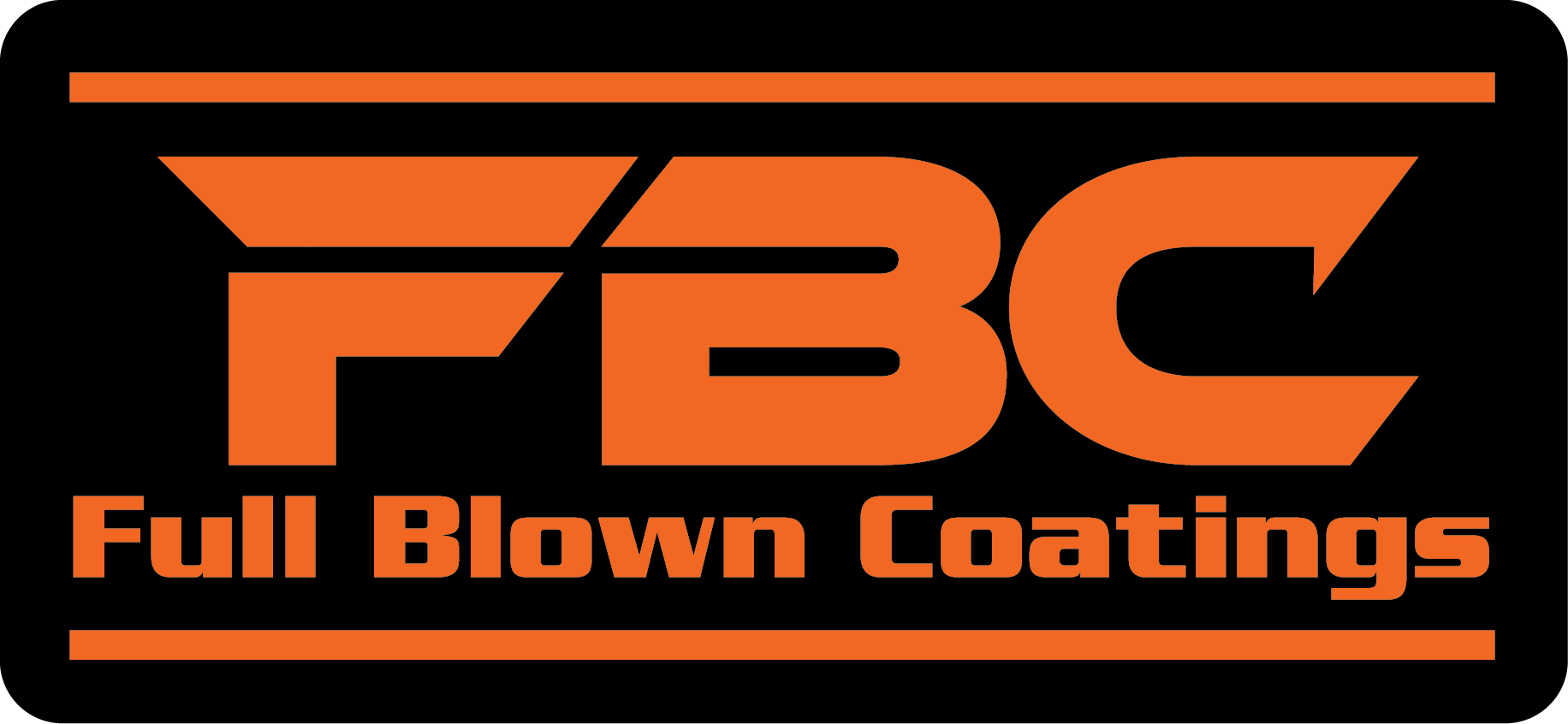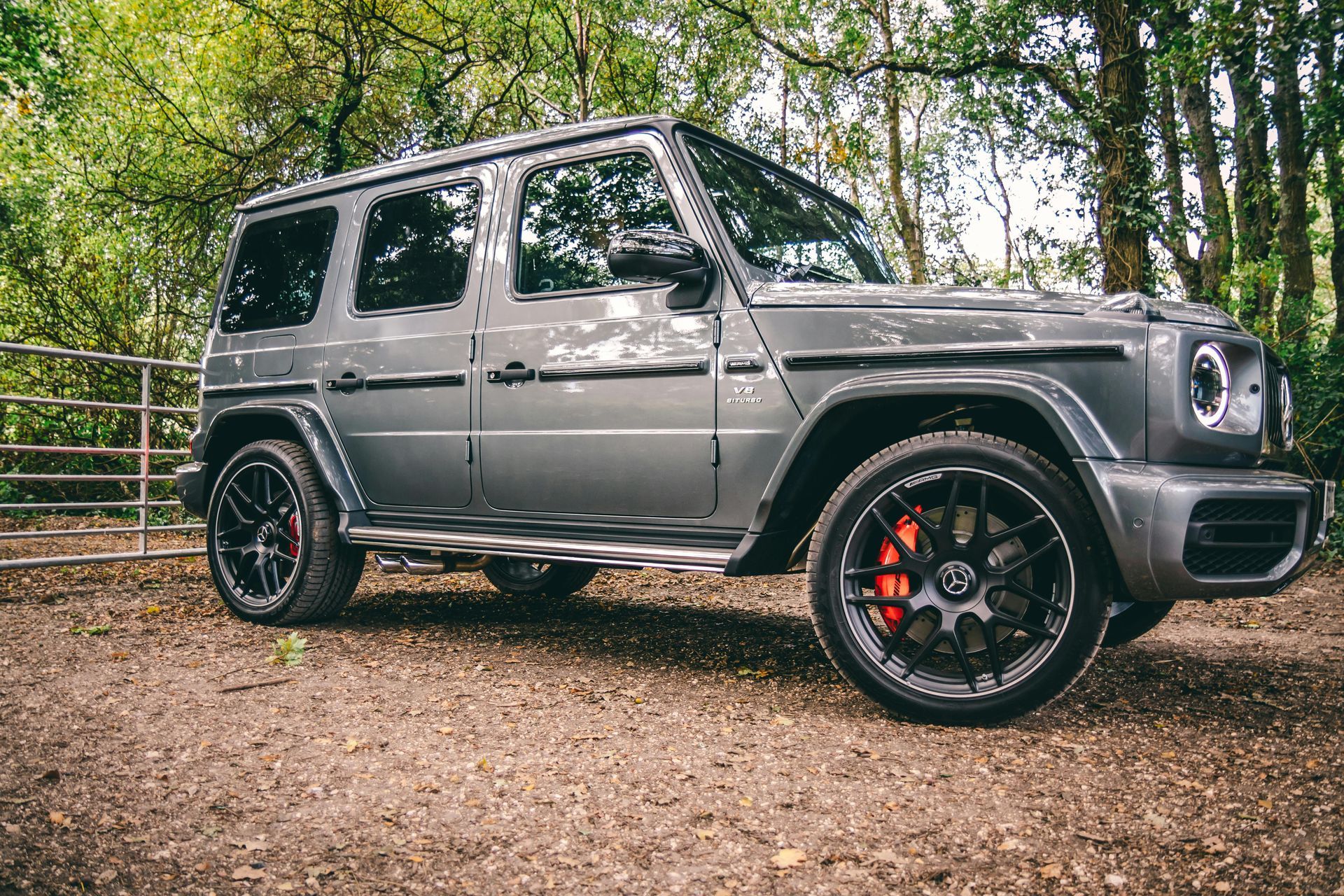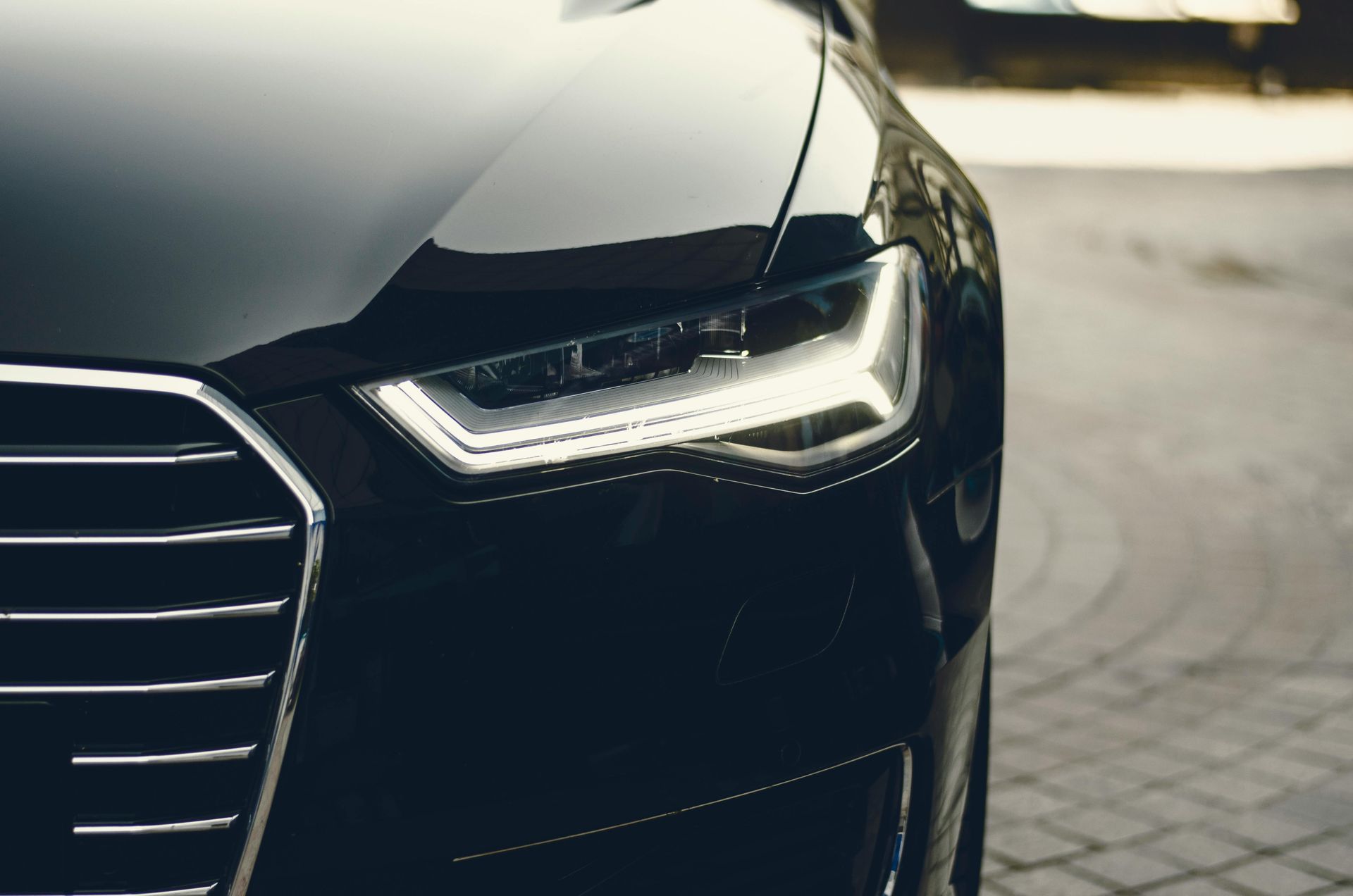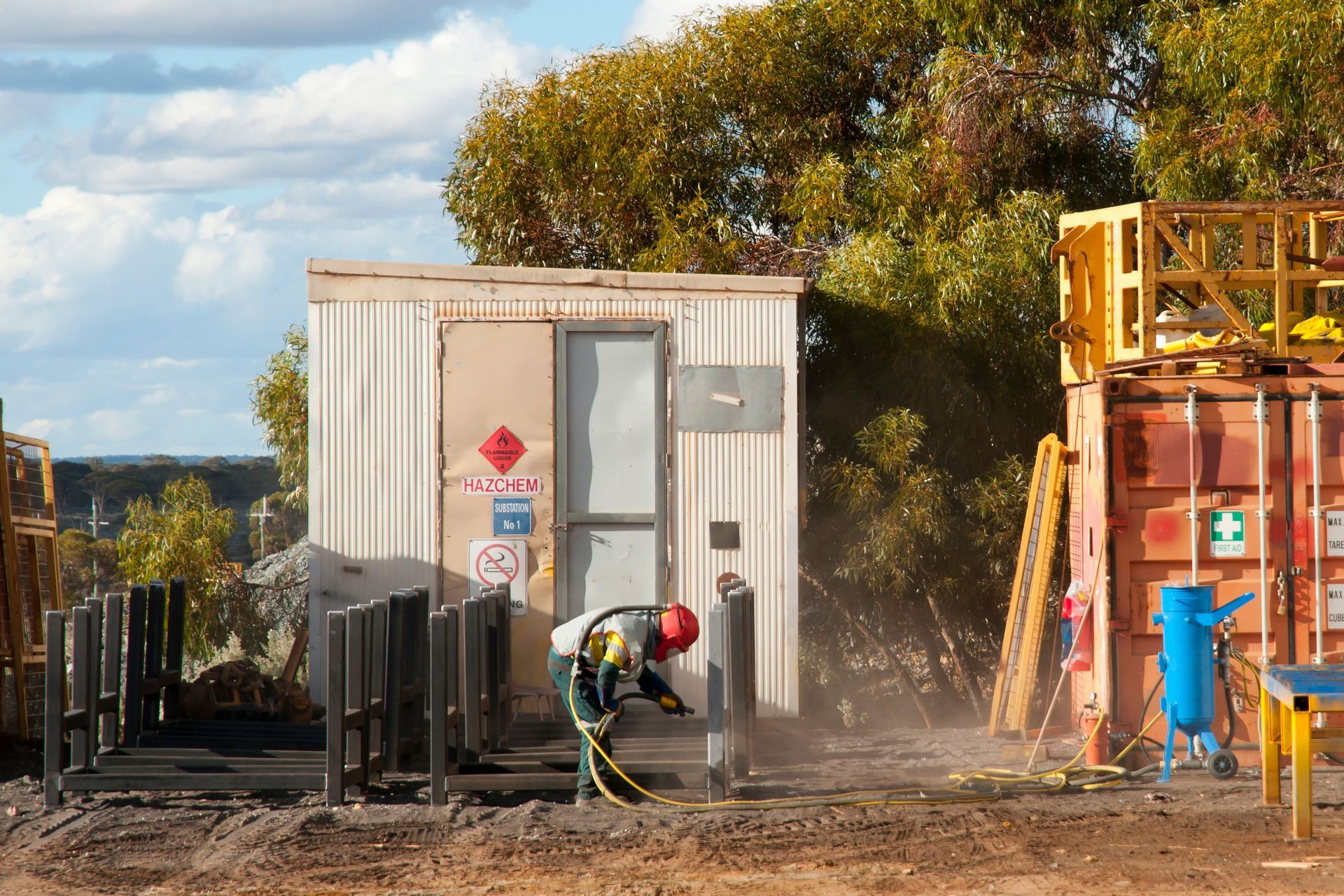Powder Coating: How it Works
 The powder coating process has several steps and involves chemical reactions which change a loose dry powder into a uniform, hard, and durable shell. While the details of the process itself require an in depth knowledge of chemistry, its not hard to develop a general understanding of how powder coating works, and it’s actually quite interesting! Here is a general description of what goes on with your parts and projects when we finish them in our facilities:
The powder coating process has several steps and involves chemical reactions which change a loose dry powder into a uniform, hard, and durable shell. While the details of the process itself require an in depth knowledge of chemistry, its not hard to develop a general understanding of how powder coating works, and it’s actually quite interesting! Here is a general description of what goes on with your parts and projects when we finish them in our facilities:
Step 1: Cleaning the Part.
Sandblasting is the method that is typically used on hard metals. Sandblasting is done by taking fine grain abrasive materials (like sand) and firing them at a part at a really high speed. Since the particles are so fine, they aren’t able to penetrate the metal, despite being fired at a high pressure. This process will remove almost all rust, dirt, and other foreign materials from the surface of a part. The result is a completely clean and smooth surface for the powder coat to adhere to.
Step 2: Coating the Part.
As mentioned, the part is coated in a powder. The powder itself is made up of several different chemical compounds which are ground into a very fine dust. Now, unlike liquid paint, which sort of sticks to the surface that is being coated, the powder coating dust doesn’t naturally adhere to anything. So, you might be wondering:
“How do you coat the part if the powder doesn’t stick to anything?”
In order to make the powder stick to the part, the part is given a negative electric charge. Then, the powder is fired from a gun that gives all the particles a positive electric charge. This is a perfect example of when opposites attract. Not only are the positively charged particles attracted directly to the negatively charged part, but this charge also ensures that the powder coating is perfectly distributed– right down to the molecular level!
Step 3: Curing the Part.
The part is moved to a curing oven where the part is “baked” at 350-400 degrees. This temperature creates chemical reactions in the compounds contained in the powder. Unlike traditional paint, which dries as moisture leaves the paint, powder coating coating needs to cure because it has no moisture. That is, the powder coating particles react to the extreme heat and form strong chemical bonds with each other creating a durable shell around the part. Once this process is completed, the part no longer needs to be charged because the coating is perfectly distributed and sealed around the part.
So, not only does powder coating create a beautiful and protective finish around a part, but it is also interesting too! If you would like more information on how the powder coating process works, feel free to contact us. Our knowledgeable and experienced staff would enjoy the opportunity to assist you with learning more about the work we take so much pride in.
The post Powder Coating: How it Works appeared first on Full Blown Coatings.












